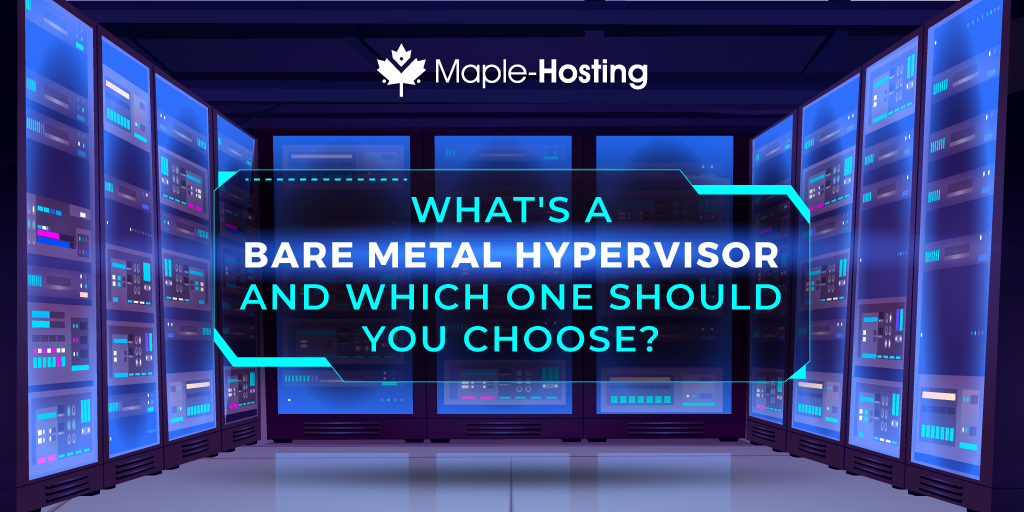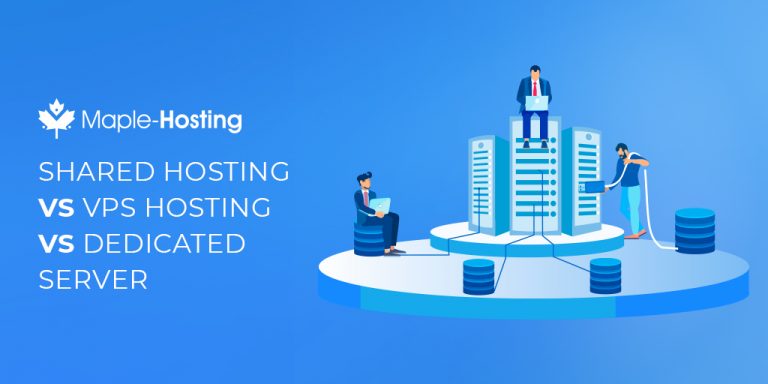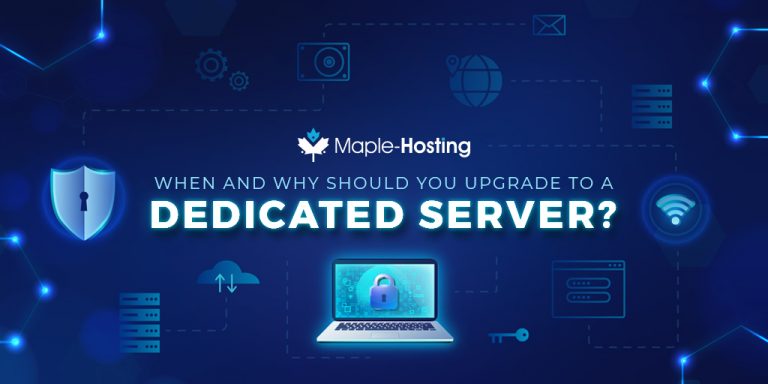
What is a bare metal server? What is a hypervisor? And which one should you choose based on your business needs? Performance and availability are probably your top concerns when running a server.
With demand for bare metal cloud growing 24.1% yearly, it’s clear that businesses understand the need for improved performance and cost efficiency.
If you’re not familiar with the latest technology, choosing a server can seem like a daunting task. When your business is on the line, and you’re looking to get the best performance, you know you’ve got to make the right choice.
So how do you know what’s best in the ever-evolving field of virtual servers? Keep reading to learn more!
What is a Dedicated Server?
There are typically two types of hosting plans: dedicated and shared.
You and other users compete for the server’s physical resources and processing power on a shared hosting plan. On a dedicated server, your data is the only thing getting processed. All the resources are yours to use as you see fit.
Because the server is set up to process only your data and is dedicated only to you, you don’t have to compete with other users for resources. You get increased bandwidth, better ping and latency, and a smoother experience.
Dedicated servers offer unrivaled customization and performance. You also get the security benefits, as you don’t have to worry about another user’s session harming your own.
You can configure whatever hypervisor, operating system, and other services you want on a dedicated server. You’ll be limited to whatever setup the host decided on a shared server. You also have access to administrator settings and root access, furthering your control over the server.
What is a Shared Server?
On a shared server, multiple virtual servers are hosted on a single dedicated server. The dedicated server allocates resources depending on demand, and each session’s data is kept private. However, this results in reduced performance and the potential for cross-contamination in case of an error or breach.
Shared servers also tend to have more limitations and restrictions on available resources. Although they are often cheaper, the tradeoff in performance is immense. If you’re seeking maximum performance and security, private or dedicated servers are the way to go.
What is a Bare Metal Hypervisor?
A bare metal hypervisor is a hypervisor that runs on a dedicated server. A hypervisor controls resource allocation between different applications, users, and instances on a server.
A Hypervisor is a software that allows you to take a single dedicated server (or a bare metal server) and practically split it into separate virtual machines (VMs) or virtual private servers (VPS).
The level of separation between the different virtual servers depends on the type of hypervisor used.
Type 1 Hypervisor
Type 1 hypervisors run directly on the hardware with the hypervisor acting as the operating system.
This type of hypervisor handles the isolation and partitioning of virtual servers and applications. Type 1 hypervisors offer unrivaled performance compared to type 2 hypervisors.
The hypervisor is the first software package installed on the server. Once installed, you can configure it to your needs to create and manage your virtual machines and hardware allocation.
After the hypervisor is installed, you can create virtual machines that run different operating systems and applications. The hypervisor manages the partitioning of the hardware and resources and extracts the maximum performance. Your workloads are distributed amongst the VMs for maximum efficiency.
Type 2 Hypervisor
Type 2 hypervisors are installed on top of an existing underlying operating system or software stack.
It’s an additional layer between the application, the OS, and the hardware. These allow for quick access and easy setup, but they impact performance. Type 1 solutions often impact performance by as little as 2%, but type 2 options carry far greater overhead.
Type 2 solutions offer customizability and support a wide range of hardware. They have a significant performance impact because the OS manages the physical resources instead of the hypervisor.
Type 2 hypervisors are often used outside of the server space, typically on desktops and laptops. Software developers and others often use these services to test workloads and settings quickly across a range of setups.
Which Bare Metal Hypervisor to Choose?
Any time you’re looking at running multiple workloads on a single server, you’ll want to use a hypervisor.
With a bare metal hypervisor, you’ll be able to operate numerous instances without a performance hit.
Improving the efficiency of your hardware usage allows for more work performed on fewer resources, boosting productivity and cost efficiency.
Here are the most popular types of hypervisors:
OpenVZ
OpenVZ is a Type 2 Linux-based hypervisor that enables you to have multiple virtual machines across a shared kernel. OpenVZ can only run Linux-based virtual machines.
Each ‘container’ gives you root-level access and individual isolation across groups, users, and files. One big benefit of OpenVZ is its low overhead and ease of setup.
However, it lacks tools and features of more modern Linux kernels and distributions, and the latest version is not widely available at vendors.
Xen
Xen is a Type 1 hypervisor that enables you to have multiple virtual machines with better instance separation and security.
Xen originally began as a university research project and is now maintained open-source by the Linux Foundation.
Compared to OpenVZ, Xen supports all the latest kernels and tools and seamlessly updates them.
It also supports hardware emulation to enable better performance if the installed OS is aware of these features.
KVM
KVM is similar to Xen in many aspects, including its Linux base.
A kernel module creates a framework for other tools to provide virtualization. KVM will only run on hardware that supports virtualization.
Which One Should You Use?
If you need to use any OS or the latest kernels and tools, Xen or KVM are better options.
Another critical factor to consider is your exact workloads and how you intend to set them up within your hypervisor.
To that end, you’ll need to research benchmarks and supported features to ensure your hypervisor is compatible.
Get Your Bare Metal Hypervisor with Maple-Hosting
Here at Maple Hosting, we offer a wide range of server functionality to cater to your needs. Whether you’re a large business or looking to get a dedicated server, we’ve got the solution for you.
We can install any hypervisor and other software add-ons you choose, no matter your selection. Unrivaled 24×7 support and full customization are at your fingertips.
No matter your use case, Maple Hosting has a solution for you.
If you’ve got any questions or need additional support, don’t hesitate to contact us for more information!
Award-Winning Dedicated Servers
Please select the dedicated server type that best matches your needs:



